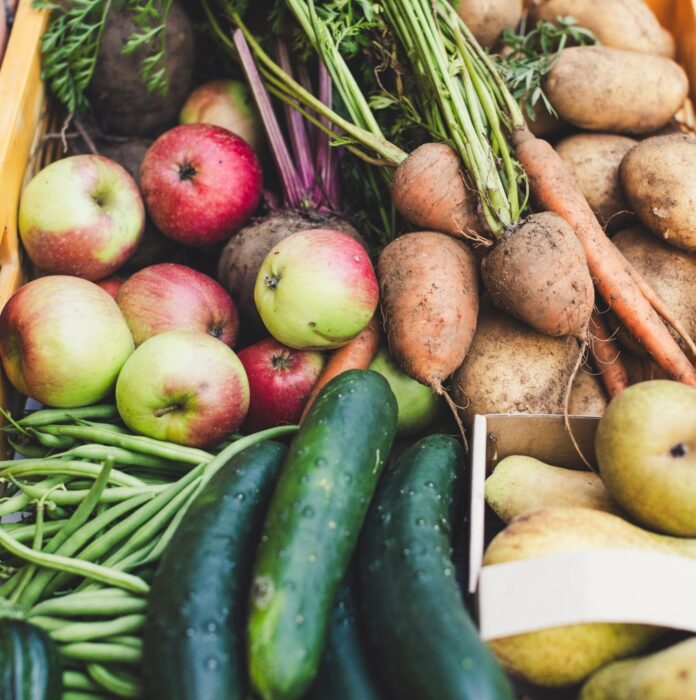‘Seasonal eating’ is a phrase which lots of chefs, food experts and influencers use, but what might this look like for your kitchen and food habits? The practice involves crafting meals around vegetables, fruits and other products that are growing or being made in your local area at that time – so, depending on where you live, this might look like embracing fresh berries, salad leaves and tree fruits in the summer, and eating apples, pears and figs in the fall. Whilst there are different ways to embrace this practice, here are three tips on getting started if you’re considering making the step towards seasonal eating.
Invest In Some Recipes
You may find your recipes in books, by word of mouth, or from the internet, but make sure you have a wide and varied collection. This will let you cook more seasonally, as you will have a range of recipes to turn to depending on what you’ve bought. Look out for swaps recommended by chefs, or contemplate your own – for example, if a recipe calls for asparagus, broccoli or fine green beans could be a more seasonal alternative.
Check Out The Farmer’s Market
See if you can get along to the local farmer’s market, as this is where you will find produce that is seasonal. If you find that there’s not much fresh produce around, it may be time to turn to the canned or frozen food aisles, so that you can keep eating fruit and veg even in the winter.
Map Out The Year
If you’re not sure what vegetables are in when, invest in a calendar or diary which will help you to eat seasonally. This can help you plan meals ahead, seek out specific fruits and vegetables, and make the most of the abundant period when there’s a glut of salad leaves, berries, zucchini and eggplants.
Seasonal eating can help the environment (as your fresh produce won’t have air miles) and can be tastier and healthier too, as that local produce will be packed full of vitamins and nutrients due to its freshness.







